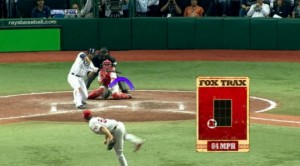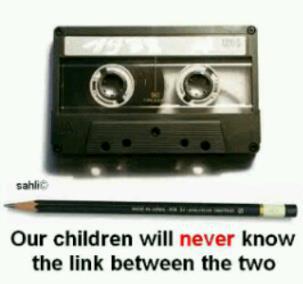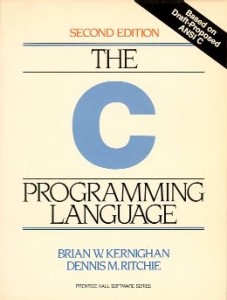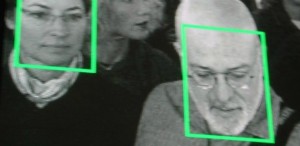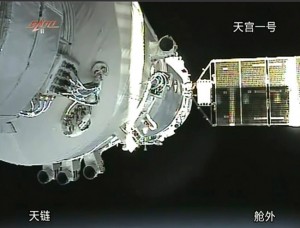
A still image from a Chinese broadcast on Thursday of the docking of the Shenzhou 8 capsule with the Tiangong 1 module.
China has achieved an unmanned space docking with their Tiengang 1 module.
The Shenzhou-8 capsule was launched early Tuesday and docked with the already orbiting Tiengang-1 module early Thursday morning. The docked pair will orbit the Earth for 12 days, before the Shenshou 8 capsule will return to Earth on November 17.
China launched its own space station program after being turned away in its repeated attempts to join the 16-nation International Space Station. That was largely on objections from the United States, which is wary of the Chinese space program’s military links.
All the parts of the docking mechanism and the more than 600 onboard instruments were designed and made by Chinese state-owned and private companies.
Two more docking missions with the Tiangong 1 model are planned next year, one of them manned. China will set up a space lab by 2016, Wu said, and its actual station will be launched in three sections between 2020 and 2022.
Thousands of Chinese citizens expressed their pride through Internet postings in what many referred to as the country’s first “space kiss,” remarking how far China had come since its more impoverished days.
For more information see:

